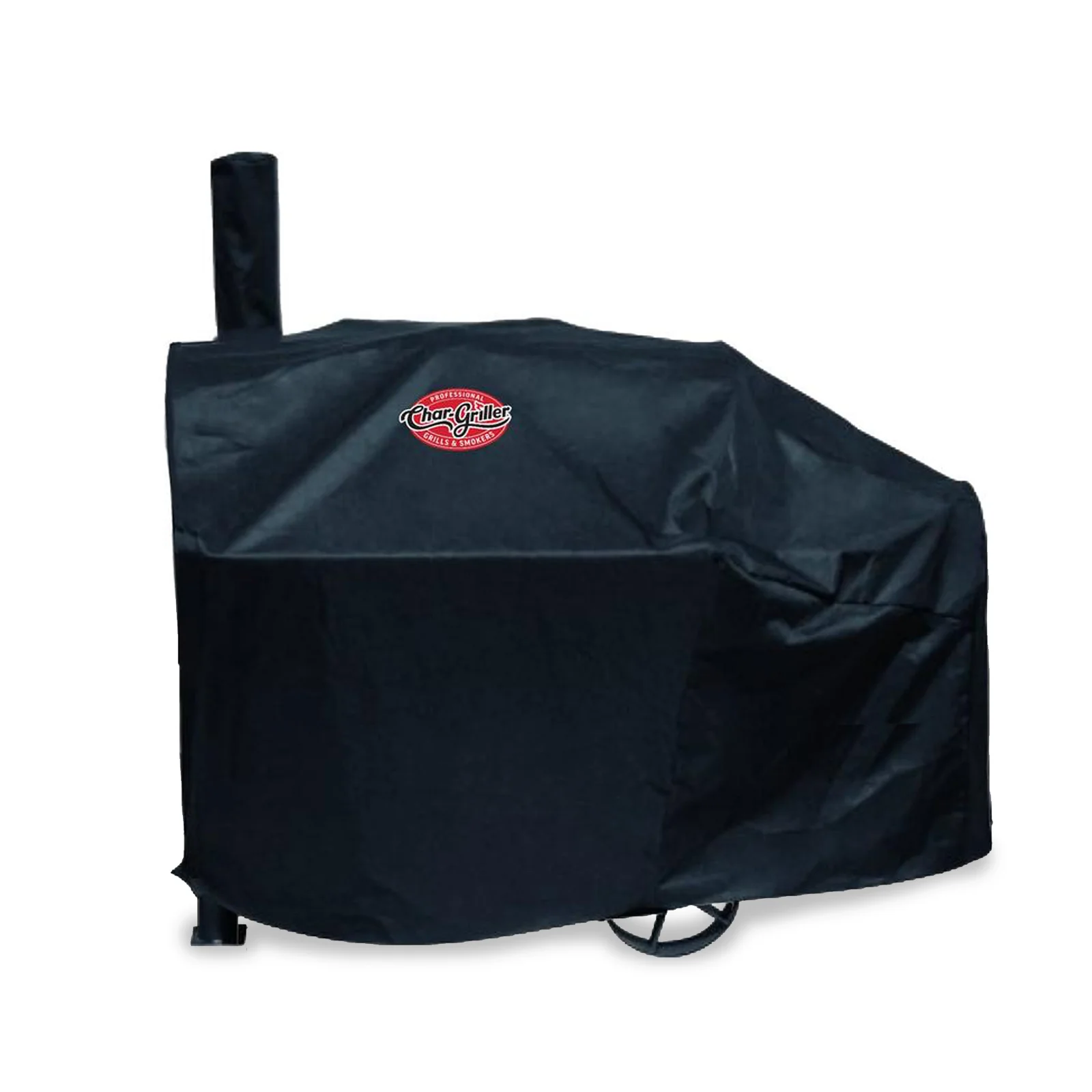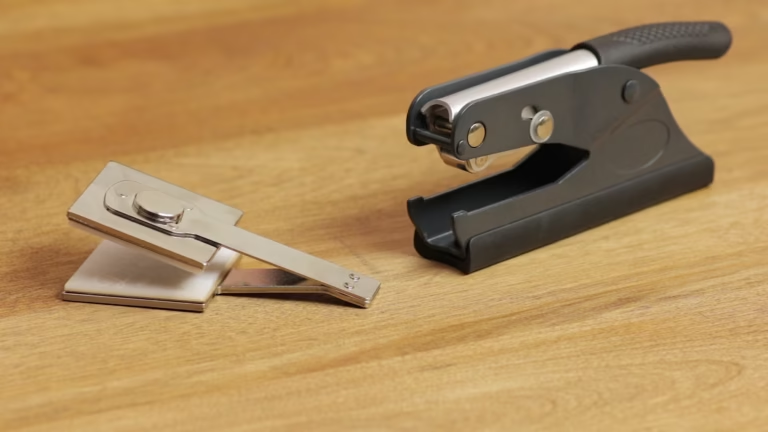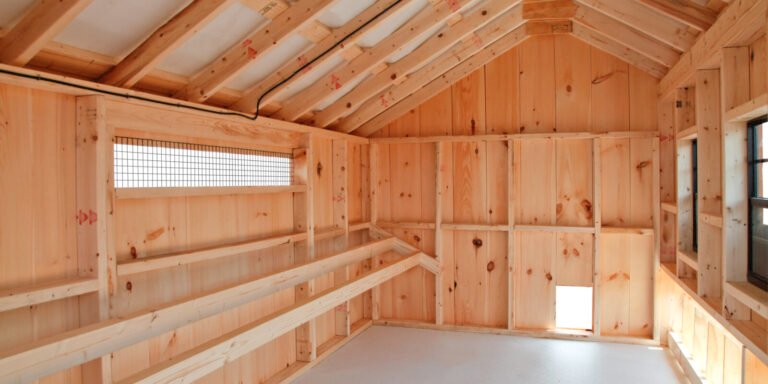Smoker Cover: The Complete Guide to Protecting Your Smoker for Years of Performance
A smoker cover is not just an accessory it’s an essential investment that safeguards your smoker from the elements, extends its lifespan, and maintains its cooking precision. Whether you own a vertical smoker, offset barrel, or pellet model, the right cover prevents rust, fading, and operational wear. This guide explores every detail of smoker covers from material science to maintenance crafted for both enthusiasts and professionals.
What Is a Smoker Cover?
A smoker cover is a custom-fitted or universal protective shield designed to enclose a barbecue smoker. It shields the unit from rain, UV exposure, wind-blown debris, and corrosion.
Manufacturers engineer smoker covers using durable synthetic fabrics, typically polyester or canvas blended with waterproof coatings. These materials prevent water penetration while maintaining flexibility and breathability.
A high-quality cover fits tightly over the entire smoker, including lids, chimneys, and handles, ensuring every metal surface remains dry and protected.
Why a Smoker Cover Matters
The importance of a smoker cover can be summarized through measurable benefits that impact performance, durability, and hygiene.
| Protection Factor | Function | Result |
|---|---|---|
| Moisture Barrier | Blocks rain and humidity | Prevents corrosion and rust |
| UV Resistance | Reflects sunlight and radiation | Maintains paint and finish |
| Dust & Debris Control | Shields from dirt, ash, and insects | Reduces cleaning time |
| Thermal Stability | Reduces temperature cycling | Prevents condensation |
| Pest Prevention | Keeps rodents and bugs out | Maintains food hygiene |
A smoker exposed to constant weather changes undergoes material fatigue. Paint oxidizes, metal expands and contracts, and electronic components degrade. A cover stabilizes these conditions, maintaining the smoker’s integrity.
Types of Smoker Covers
Different smoker models demand specific cover structures. Here are the main categories used by home cooks, pitmasters, and commercial kitchens.
1. Vertical Smoker Covers
Vertical smokers have a tall, cylindrical shape. Covers for these models are straight-cut with reinforced seams and elastic hems.
Common brands: Masterbuilt, Pit Boss, Dyna-Glo.
2. Offset Smoker Covers
Offset smokers include a side firebox connected to the main chamber. Their covers often feature an extended side panel and smokestack sleeve.
They typically measure between 55–60 inches in length and are secured with buckle straps or Velcro flaps.
3. Pellet Smoker Covers
Pellet smokers require covers that protect the hopper and control panel. Heavy polyester with PVC backing is standard for these covers.
4. Custom-Fitted Covers
Custom designs are made to exact smoker dimensions. These are ideal for bespoke pits or competition smokers. Premium custom covers often include embroidery, air vents, and reinforced piping.
Best Materials for Smoker Covers
Material selection determines how well a cover performs. Each type offers distinct weather resistance and mechanical strength.
| Material | Durability | Waterproof | UV Protection | Temperature Resistance | Notes |
|---|---|---|---|---|---|
| 600D Polyester | High | Yes | Yes | Moderate | Lightweight, flexible |
| Canvas (PVC-Coated) | Very High | Yes | Excellent | Excellent | Industrial strength |
| Vinyl | Moderate | Excellent | Moderate | Low | Prone to cracking in cold |
| Oxford Fabric | High | Yes | Good | Moderate | Breathable, smooth finish |
Key Design Elements
-
PVC or PU coating: Enhances waterproofing.
-
Double stitching: Increases tear resistance.
-
Taped seams: Prevents leaks under pressure.
-
Elastic hems and straps: Secure the cover in wind.
-
Ventilation flaps: Reduce condensation build-up.
A blend of 600D polyester with PVC coating remains the industry standard due to its balance of strength, weatherproofing, and cost.
How to Select the Right Smoker Cover
Selecting a smoker cover involves assessing both smoker geometry and environmental exposure. Use the following criteria:
-
Measure accurately – Height, width, and depth must include handles and chimneys.
-
Evaluate climate conditions – Coastal or humid zones need waterproof and anti-corrosion fabrics.
-
Check UV rating – If exposed to direct sun, UV stabilization is critical.
-
Inspect closure design – Adjustable straps and Velcro ensure a snug, storm-resistant fit.
-
Consider ventilation – Look for built-in air vents to prevent mold or mildew.
-
Compare warranty and brand reputation – Established brands offer multi-year protection guarantees.
Advantages of Using a Smoker Cover
Smoker covers do far more than prevent dust. They actively preserve the smoker’s performance capabilities.
1. Prevent Rust and Corrosion
Covers form a barrier against oxygen and moisture. Without this barrier, oxidation attacks weld joints and screws, leading to structural weakness.
2. Protect Paint and Finish
High UV index regions cause paint to fade. A UV-stabilized cover reflects sunlight and maintains original color depth.
3. Reduce Cleaning Effort
By preventing leaf litter, pollen, and insects from settling, a cover reduces cleanup time by up to 60%.
4. Maintain Temperature Consistency
By blocking cold drafts and dew, the smoker retains more thermal mass, reducing condensation.
5. Extend Equipment Lifespan
A well-maintained smoker protected with a quality cover can last 2–3 times longer than an uncovered one.
Common Problems Without a Smoker Cover
-
Corrosion: Rainwater accumulates in grates and corners.
-
Pest Infestation: Mice and spiders inhabit open chambers.
-
Paint Peeling: UV rays degrade surface polymers.
-
Sensor Failure: Moisture infiltrates temperature probes.
-
Ash Contamination: Wind carries debris into vents.
Neglecting protection increases maintenance costs and reduces food safety.
Maintenance and Care of a Smoker Cover
Even protective gear needs care. Follow these maintenance routines:
Cleaning Process
-
Mix mild soap with warm water.
-
Use a soft cloth or sponge to wipe dirt.
-
Rinse with a hose (low pressure).
-
Air-dry completely before reuse.
Avoid bleach or harsh detergents, as they strip waterproof coatings.
Seasonal Storage
-
During winter, clean and fold the cover in a dry environment.
-
Avoid compressing the fabric tightly to prevent creasing.
-
For long-term storage, use breathable bags instead of plastic.
Inspection Routine
Inspect seams, corners, and closures every few months. Replace covers showing UV brittleness, peeling coating, or torn stitching.
Environmental Impact and Sustainability
Modern manufacturers are shifting toward eco-friendly coatings and recycled polyester yarns.
Bio-based polyurethane (Bio-PU) coatings and water-based dyes reduce carbon emissions.
Choosing such covers not only benefits the smoker but also aligns with sustainability practices. Recycled fabrics from post-consumer PET bottles are increasingly used by premium brands.
Signs You Need to Replace Your Smoker Cover
-
Cracked or peeling outer layer
-
Persistent moisture under the cover
-
Rust patches forming despite protection
-
Elastic or straps losing tension
-
Strong odor indicating mildew
-
Visible fading or discoloration
If three or more of these appear, replacement ensures continued protection.
Expert Tips for Longevity
-
Cool before covering: Always allow the smoker to cool fully before covering to prevent fabric damage.
-
Elevate slightly: Use a mat or bricks beneath legs to prevent ground moisture wicking up.
-
Secure during storms: Fasten straps to prevent the cover from ballooning or tearing in wind.
-
Pair with shelter: If possible, keep the smoker under a patio or awning.
-
Rotate position: Rotate the smoker occasionally to avoid uneven fading.
Recommended Dimensions and Brands
| Brand | Compatible Models | Material | Key Features |
|---|---|---|---|
| Masterbuilt | 40″ Vertical Smoker | 600D Polyester + PVC | Double stitching, drawstring closure |
| Pit Boss | 6-Series Vertical Smoker | Heavy Polyester | UV-resistant, waterproof |
| Oklahoma Joe’s | Highland Offset | Canvas Blend | Firebox sleeve, Velcro straps |
| Mill Scale | Custom Pit | Canvas + PVC | Custom fit, smokestack flap |
| Char-Broil | Electric / Gas Smokers | Oxford Fabric | Zipper access, air vents |
Note: Dimensions vary; always verify before purchase.
Smoker Cover Safety and Usage Guidelines
-
Do not cover when smoker is hot.
-
Avoid placing the cover over live embers.
-
Keep away from sharp edges to prevent punctures.
-
Use soft padding between metal chimneys and fabric to avoid wear spots.
-
Never trap moisture inside — always let the smoker dry before covering.
Following these guidelines ensures optimal safety and protection efficiency.
Cost and Value Comparison
| Cover Type | Price Range (USD) | Durability | Ideal User |
|---|---|---|---|
| Universal Polyester | $20–$35 | Moderate | Casual users |
| Heavy Canvas | $40–$70 | High | Frequent smokers |
| Custom-Fitted | $80–$150 | Very High | Professionals, competitors |
Investing in higher-grade materials often yields lower lifetime costs by preventing expensive smoker repairs.
The Role of Climate in Choosing a Smoker Cover
Climate determines the type of protection required:
-
Humid or Coastal Areas: Prioritize full waterproof covers with ventilation to prevent rust.
-
Dry and Sunny Regions: UV-stabilized covers with heat resistance are ideal.
-
Cold and Snowy Zones: Opt for flexible fabrics that resist cracking in freezing conditions.
-
Windy Plains: Choose covers with secure buckle straps and weighty hems.
Adapting cover specifications to the environment optimizes performance.
Technological Innovations in Smoker Covers
Modern manufacturers are integrating advanced features:
-
Hydrophobic nano-coatings: Repel water at the molecular level.
-
UV-absorbing microparticles: Extend fabric life by reducing photodegradation.
-
Magnetic closures: Provide easy yet secure sealing.
-
Infrared-reflective finishes: Maintain consistent temperature under the cover.
Such developments enhance durability and convenience while supporting premium smoker protection.
Frequently Asked Questions (FAQs)
1. What is the best material for a smoker cover?
The best material is 600D polyester with PVC coating because it balances waterproofing, flexibility, and UV resistance.
2. Should a smoker cover be completely airtight?
No. A completely airtight cover traps moisture, leading to rust. Look for models with ventilation flaps or breathable fabrics.
3. Can I use a grill cover for a smoker?
Only if dimensions align. Smoker covers are designed to fit extended parts like chimneys and fireboxes; standard grill covers may not.
4. How often should I replace my smoker cover?
Every 2–3 years, depending on exposure and usage frequency. Replace sooner if it shows cracks or mold.
5. Do smoker covers cause rust?
Poorly ventilated covers can trap condensation. Always dry your smoker before covering and choose a cover with breathable design.
6. Can I wash my smoker cover in a machine?
No. Machine washing may strip coatings. Hand wash with mild detergent and air-dry.
7. Should I cover my smoker in winter?
Yes. Cold air contains moisture that freezes on metal. A heavy-duty insulated cover prevents frost and corrosion.
8. Are custom smoker covers worth the price?
Yes, especially for nonstandard smokers. Custom covers ensure precise fit, superior weatherproofing, and aesthetic enhancement.
9. Can I use a tarp instead of a smoker cover?
A tarp provides limited protection and poor fit. It lacks breathability and may cause sweating underneath, promoting rust.
10. What maintenance routine extends cover life?
Regular cleaning, proper drying, inspection for wear, and storing indoors during off-season will extend cover life by several years.
Learn More: Turning a Shed into a Chicken Coop: The Complete 2025 Guide
Labor Rate Hero: The Complete Guide to Smarter Workforce Costing
Conclusion
A smoker cover is a critical tool for preserving smoker performance, aesthetics, and lifespan. By selecting a material that matches your climate, ensuring proper fit, and following maintenance routines, you can protect your smoker from corrosion, UV degradation, and physical wear.






